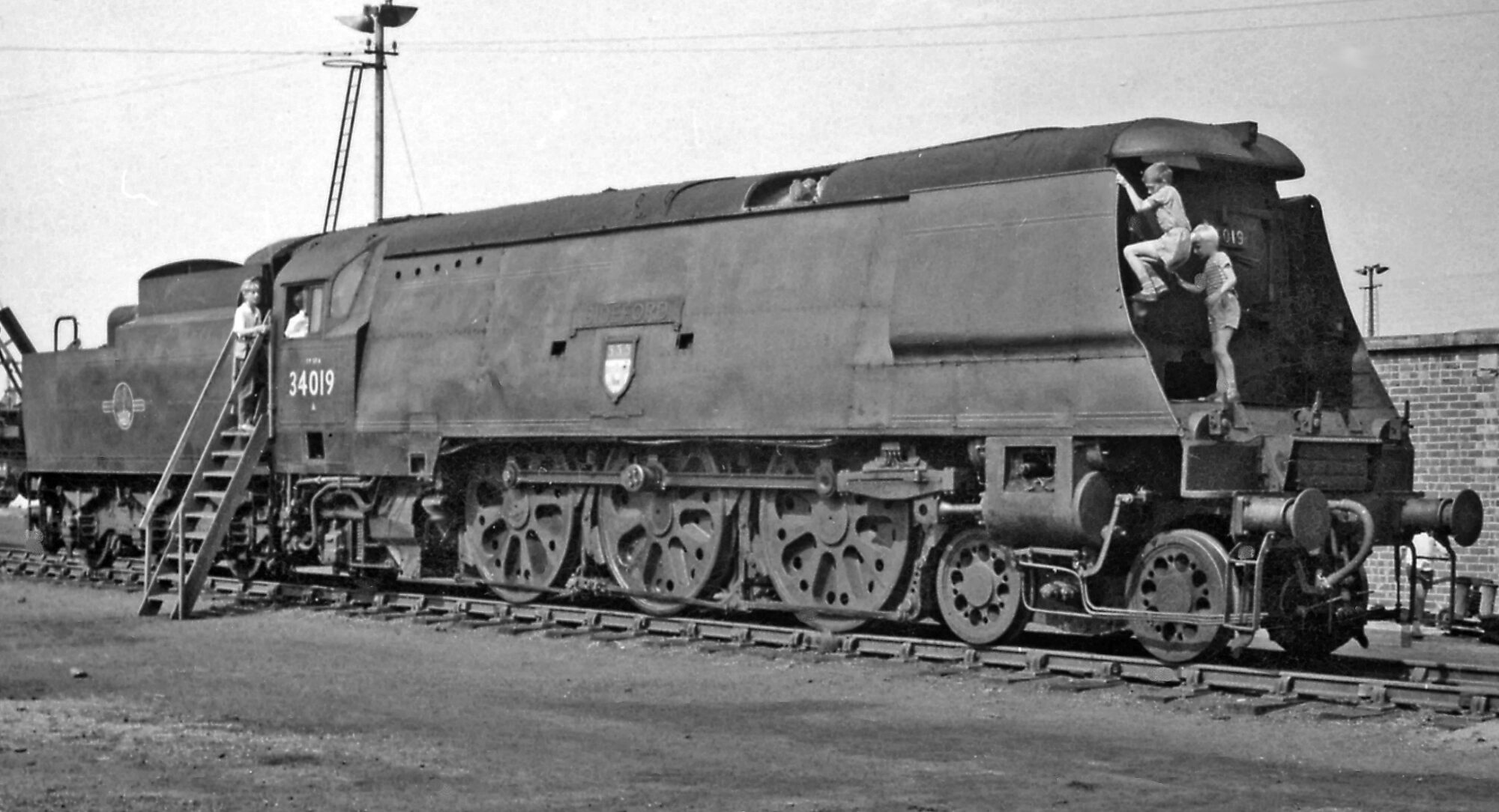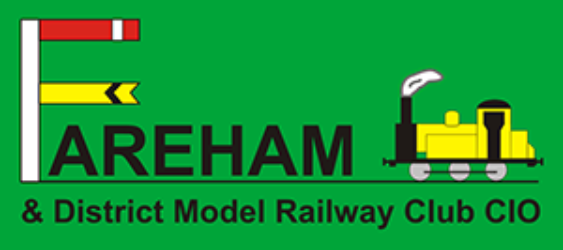From humble beginnings in the 19th century to today’s intricate and realistic layouts, model railways have captivated enthusiasts of all ages. From the very young to adults, the United Kingdom has a long and rich history with these miniature worlds, which have become a beloved pastime and a reflection of the country’s deep-rooted railway heritage. Join us on a journey through time as we explore the evolution of model railways, decade by decade, from their inception to the present day.
The 19th Century: Birth of a Hobby.
The history of model railways in the UK can be traced back to the early 19th century. The advent of the steam locomotive sparked widespread fascination and prompted individuals to replicate these marvels in miniature form. Often crafted by skilled artisans, these early models were expensive and exclusive to the wealthy. However, they laid the foundation for what was to come.
The 1900s: The Rise of Toy Trains.
The turn of the century witnessed the democratisation of model railways, thanks to advancements in manufacturing and mass production techniques. Companies like Hornby and Bassett-Lowke emerged, introducing affordable and ready-to-run toy trains that captivated children and adults alike. These early models were predominantly clockwork-driven, offering a new level of interactivity.
The 1920s-1930s: Electric Revolution.
As electricity became more accessible, model railways experienced a revolution. Manufacturers embraced electric power, allowing trains to run more smoothly and realistically. The introduction of live overhead wires and third rails paved the way for authentic railway experiences within the confines of one’s home. Hornby’s “O” gauge system gained immense popularity during this period.
The 1940s-1950s: Post-War Resurgence.
Following the disruption caused by World War II, the 1940s and 1950s marked a renaissance for model railways. The industry flourished as manufacturers expanded their offerings, and enthusiasts rejoiced in the return of peace and stability. Hornby’s “Dublo” range, introduced in 1947, gained widespread acclaim for its high level of detail and realism.
The 1960s-1970s: Modernization and Scale Shifts.
The swinging sixties and the seventies brought significant changes to the model railway scene. Hornby introduced the revolutionary “Tri-ang Railways” system, featuring the smaller and more affordable “OO” gauge. This scale shift allowed enthusiasts to create more extensive layouts in limited spaces. Introducing plastic injection moulding techniques also brought about a new level of detail and affordability to the hobby.
The 1980s-1990s: Specialization and Realism.
In the 1980s and 1990s, model railways transformed enthusiasts who sought increased realism and specialisation. The demand for authentic reproductions of real-world locomotives and rolling stock skyrocketed. Manufacturers like Bachmann and Peco catered to this growing market, producing highly detailed models with accurate liveries and features.
The 2000s: Digital Advancements.
The dawn of the new millennium brought about significant advancements in digital technology that revolutionised model railways. Digital Command Control (DCC) systems allowed for precise control over multiple locomotives on the same layout, enhanced sound capabilities, and synchronised lighting effects. This era also witnessed a surge in the availability of accessories, scenery materials, and aftermarket detailing parts.
The Present Day: Innovations and Creativity.
Today, model railways continue to evolve, driven by technological advancements and the boundless creativity of enthusiasts. Let’s delve deeper into the innovations and trends that define the modern model railway hobby.
Digital Control Systems.
Digital Command Control (DCC) systems, introduced in the early 2000s, have revolutionised how model railways are controlled. DCC allows for precise control of multiple locomotives independently on the same layout. With the ability to program unique addresses and control speed, lighting, and sound functions, DCC provides realism and interactivity never seen before. Additionally, wireless control options have become more common, freeing hobbyists from the constraints of tethered controllers.
Realism and Detail.
The quest for realism remains a driving force in the hobby. Manufacturers strive to produce highly accurate models of real-world locomotives, carriages, and wagons. Attention to detail is paramount, with intricate features such as individually applied handrails, weathering effects, and realistic interior detailing. Hobbyists now have access to an extensive range of high-quality models in various scales, catering to different eras and regions of interest.
3D Printing and Customization.
The advent of 3D printing technology has opened up exciting possibilities for model railway enthusiasts. It allows for creating custom models, accessories, and even scenery elements. Hobbyists can design and print their unique locomotives, rolling stock, and structures, adding a personal touch to their layouts. This level of customisation empowers individuals to bring their specific visions to life and encourages experimentation and innovation within the hobby.
Advanced Scenery Techniques.
Modern model railway layouts are often breathtaking works of art, with scenery that rivals the real world. Hobbyists can access various scenery materials, including realistic foliage, ground cover, trees, and rock formations. Advanced techniques such as static grass application, water effects, and natural weathering create immersive landscapes that transport viewers into miniature worlds. Additionally, LED lighting and sound modules add further depth and atmosphere to layouts.
Exhibition Layouts and Community Engagement.
Exhibition layouts have gained immense popularity in recent years. These large-scale, highly detailed layouts are showcased at exhibitions and model railway events, allowing enthusiasts to share their creations with a broader audience. The intricate scenes, realistic operations, and attention to detail in exhibition layouts inspire and educate hobbyists while serving as a platform for knowledge sharing and community engagement. Social media platforms, online forums, and YouTube channels have become vibrant spaces where enthusiasts exchange ideas, seek advice, and showcase their latest projects, fostering a sense of camaraderie within the hobby.
The history of model railways in the UK is a testament to the enduring fascination with trains and the dedication of enthusiasts over the decades. From handcrafted masterpieces of the past to the digital marvels of today, the evolution of this hobby reflects the ever-changing technological landscape and the timeless appeal of miniature worlds. As we look to the future, one thing is certain: model railways will continue to captivate hearts and minds, inspiring future generations.
If you would like to see some of the layouts our members have created, you can see them on the Members Layouts Page. Also, if you are thinking of starting your layout and are looking for a friendly community in the local area, you can contact us using the membership form by following the link or looking in the menu above.
Simon Key

